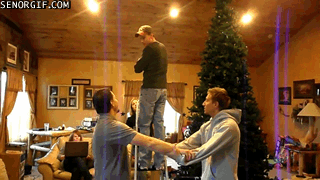Prior to the main activity,
we were told to execute the personal warm ups again. This time, it was clear
that I needed to warm up my voice – and so ran through the sequence of
breathing, humming, and warming up the articulators. I did manage to spread out
the time evenly with regard to each exercise, but perhaps next time in other
circumstances I should focus more on what my voice needed more – especially if I do not have the luxury of time.
I thought the group
presentations were a good practice on negotiating group dynamics – and how
order matters in a group presentation. Regardless of energy levels, loudness,
styles – it is necessary to level out and balance each individual’s strong
points. To me, it was not necessarily vital to “converge” to a particular
speaking style, but it’s how we bridge and transfer this energy level from one
speaker to another. This takes practice, as well as a high amount of trust
amongst team members.
After which, we reviewed some
of the video/webinars done by the class – the main points I’ve jotted down to
take note of were the camera angles, environmental noise and clutter and
varying of facial expressions. Camera angles needed to be adjust so that lighting
on the face is appropriate – not harsh as well as not under lit. We should also
pay attention to the environment we are recording our webinars in to ensure there
are no distractions either in sound or in visuals (etc. other points of focus
in the moving images), facial expression also had to mirror what was being said
to show sincerity and engagement. For my own video, I remembered that I might
have filmed it too close to the camera (this was confirmed by the Claire who
complained about my nostrils and face being too close to the screen in the following week….)
When going through the
Webinars, mine came up and it was considered too “proud and patronizing” at
parts – even if it wasn’t my original intention. My guess was that the eye
contact and the tone of voice contributed to this. I should take note that I
don’t sound or look patronizing during my final presentation.







